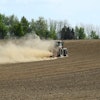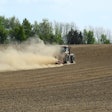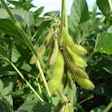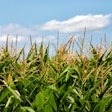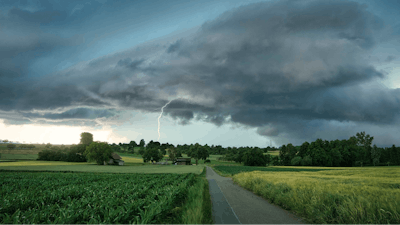
The latest U.S. Drought Monitor report, jointly produced by the National Drought Mitigation Center at the University of Nebraska-Lincoln, the United States Department of Agriculture and the National Oceanic and Atmospheric Administration, reveals a complex picture of drought conditions across the United States, with significant implications for the agricultural sector.
Heavy rainfall across much of the South has brought welcome relief to farmers in the region. Eastern Texas to Mississippi experienced precipitation totals ranging from 2 to 10 inches, leading to widespread improvements in drought conditions. This development is particularly beneficial for winter crops and could set a positive tone for the upcoming growing season in these areas.
In Alabama, the extreme drought was reduced in the northern part of the state, while severe drought was completely removed from the southern regions. This improvement is crucial for the state's diverse agricultural operations, including cotton, peanuts, and livestock production.
However, the situation in the Western United States presents a stark contrast. Arizona, California, and Nevada saw an expansion of drought conditions due to above-normal temperatures and below-normal precipitation. In southern Arizona, extreme drought expanded, potentially stressing crops and increasing irrigation needs for the region's farmers.
The Midwest, America's breadbasket, experienced a mix of conditions. Above-normal precipitation in large portions of Illinois, Indiana, and Ohio led to improvements in moderate drought areas. This is positive news for corn and soybean producers in these states, potentially benefiting soil moisture levels crucial for the upcoming planting season.
In the High Plains, a key wheat-growing region, the picture is less optimistic. Northern Nebraska saw an expansion of extreme drought, which could impact winter wheat development and potentially reduce yields.
Looking ahead, the Climate Prediction Center's 6-10 day outlook suggests above-normal precipitation for much of the U.S., which could bring further relief to drought-stricken areas. However, portions of the Southwest are expected to see below-normal precipitation, potentially exacerbating the challenging conditions for farmers and ranchers in those regions.

